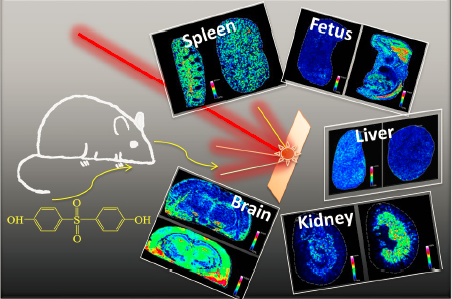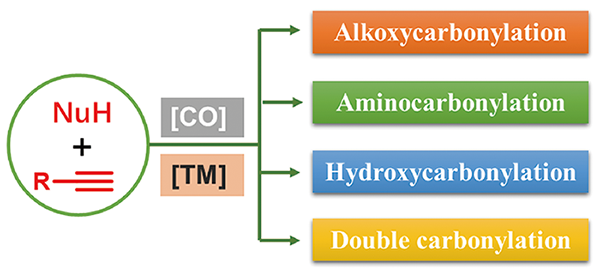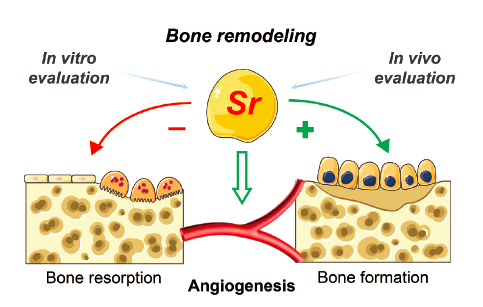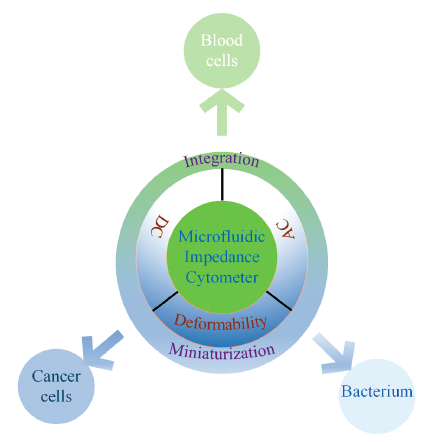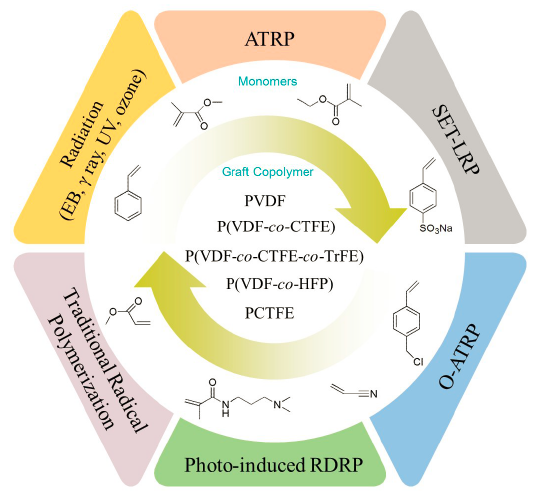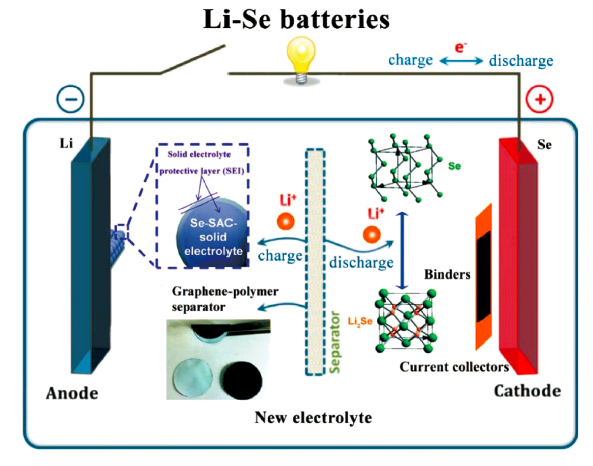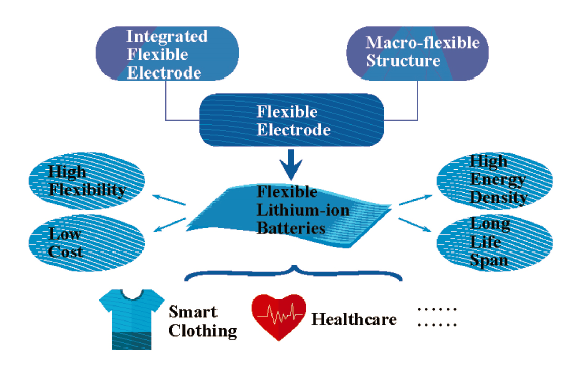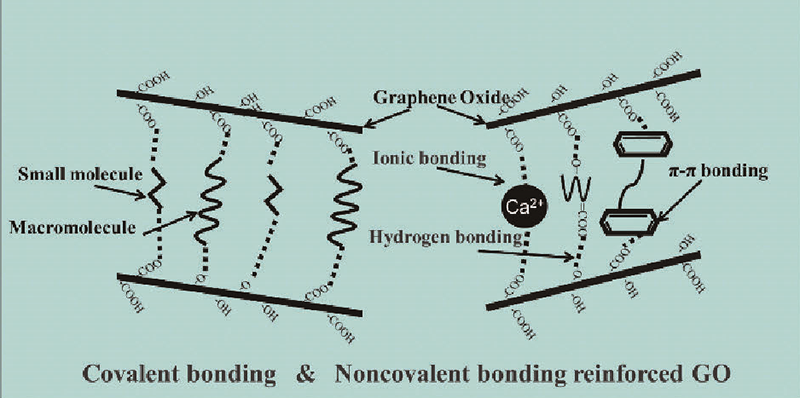Chao Zhao, Zongwei Cai. Mass Spectrometry Imaging and Omics for Environmental Toxicology Research[J]. Progress in Chemistry, 2021, 33(4): 503-511.
The spatial heterogeneity of multiple organs causes the complexity of the molecular mechanism in environmental pollutant-exposed organisms. The conventional environmental toxicology research based on chemical and biological analysis has been considered as a “homogeneous” whole, which is difficult to locate the pollutant and its metabolism in spatial level. As one of the most promising analytical method, mass spectrometry imaging(MSI) combined with mass spectrometry-based omics has been applied for the qualitative, quantitative and spatial localization analysis of pollutant and its metabolic activation pathways as well as biomolecule variation, allowing the screening of pollutant exposure-related target organs and investigation of the migration and biological effects of pollutants. Herein, we summarize the strategies and characteristics of MSI and omics in environmental toxicology. The future development and challenges are also prospected, including the single cell imaging, and the integrated microfluidic chip-MSI technique.
Contents
1 Introduction
2 MSI and omics analysis
2.1 Pollutant exposed experimental models
2.2 Pollutant exposed histological analysis
2.3 MSI and omics-based environmental toxicology research
2.4 Exploration of toxicological mechanisms
3 Toxicity research of typical pollutants
3.1 Bisphenols
3.2 PM2.5
3.3 Other applications
4 Conclusion and perspective









